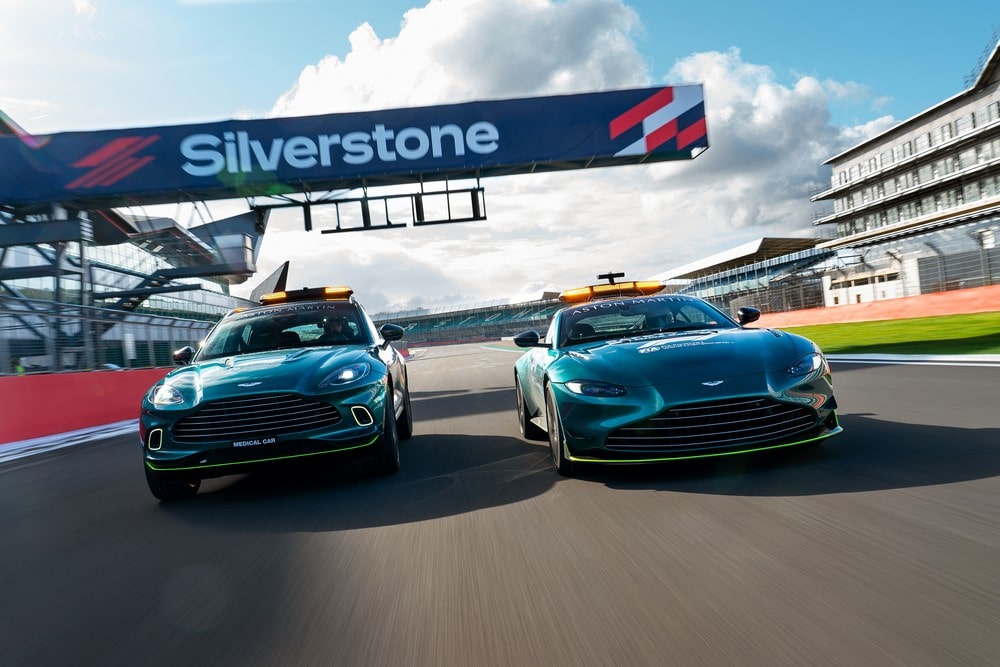
It was a week filled with more car livery launches, as the countdown to the pre-season test Bahrain continues to wind down. Most of the remaining teams launched their 2021 cars and the new safety car has been unveiled. The investigation into Romain Grosjean’s horrific crash in Bahrain was also concluded this week.
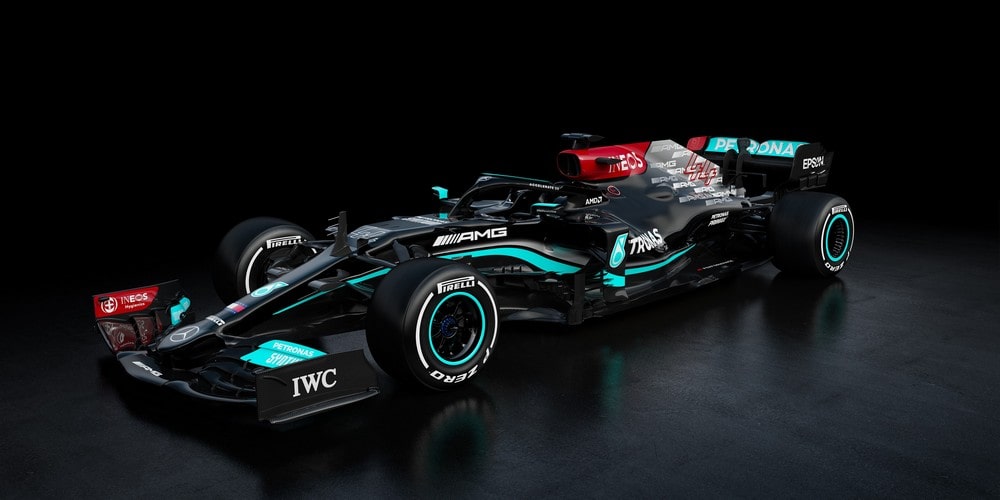
Mercedes was the first to launch their 2021 car this week on Tuesday. The car has retained the black livery with a hint of iconic Mercedes silver at the rear of the car with the Mercedes AMG badging. The car also features red on the air intake and parts of the wings for their sponsor INEOS.
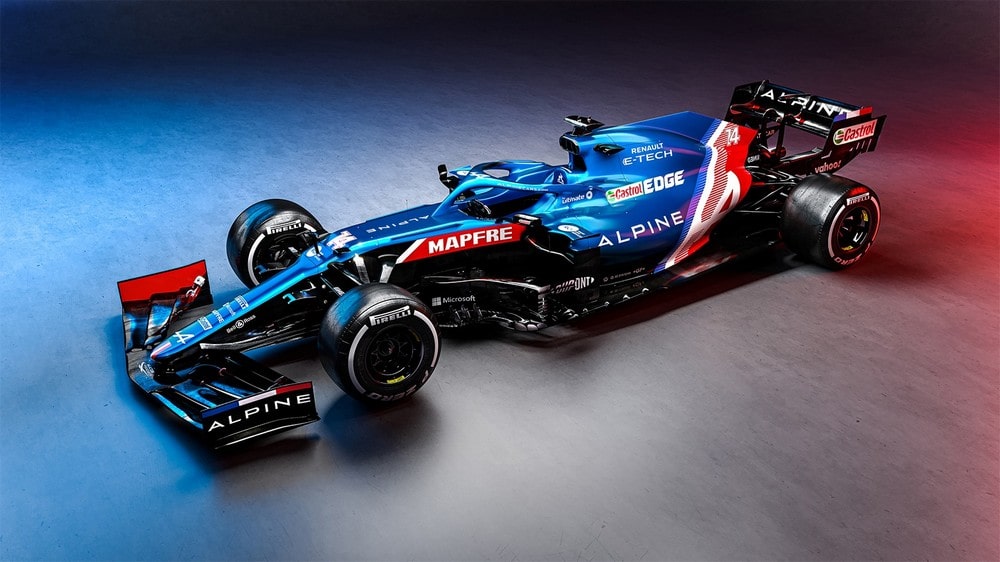
Alpine followed on the same day with the launch of their 2021 car. The team had previously revealed a black testing livery, but the final livery is predominantly blue with red and white at the rear of the car. The team also confirmed that former Red Bull driver Daniil Kvyat was joining the team as a reserve driver.
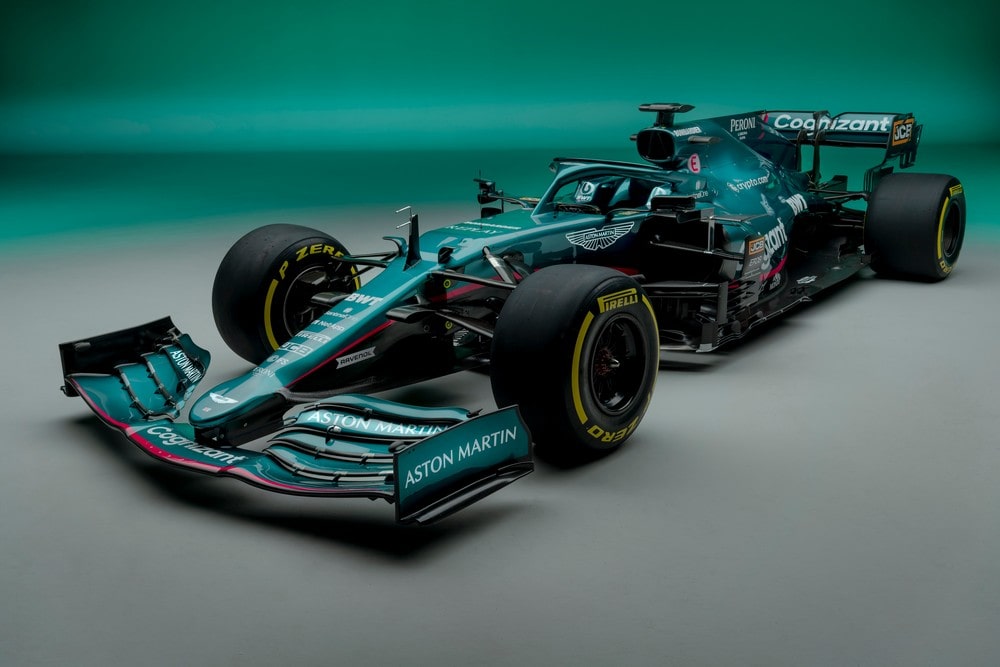
Aston Martin launched the AMR21 – the first F1 car since their 61 year absence from the sport – on Wednesday. As expected, the car is wearing British racing green. It also had a pink stripe along the car for the team’s sponsorship with BWT.
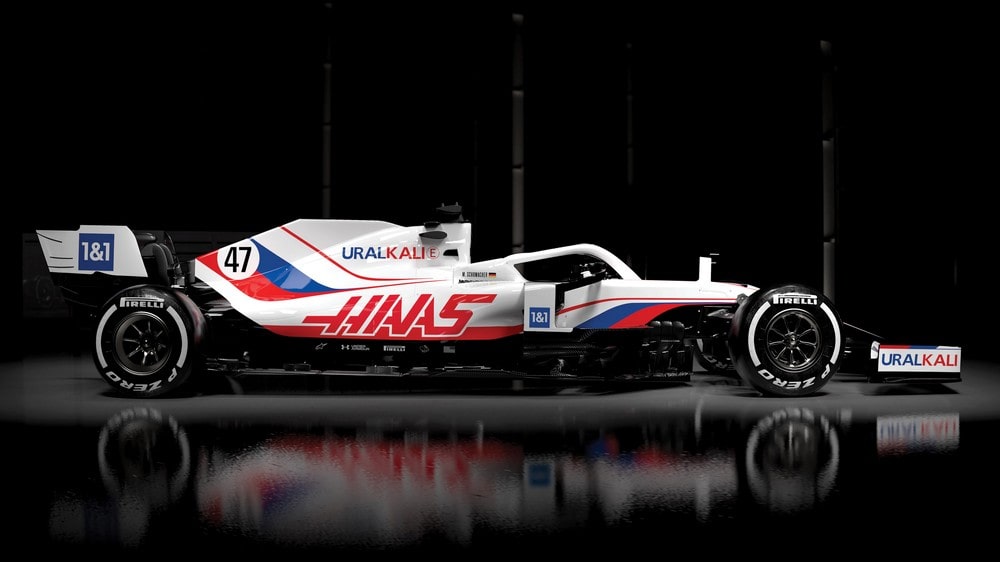
Haas revealed their new 2021 car on Thursday. The car is white with red and blue, which has already proven to be quite controversial. While the team claim they designed the livery last year, some believe that the new livery is a result of the team’s title sponsorship with the Russian fertilizer company Uralkali. Russian drivers are not allowed to use national symbols of Russia following the country’s involvement in a state-sponsored scheme at the 2014 Winter Olympics. The World Anti-Doping Agency is reported looking into the livery to ensure that it complies with the ban.
Haas confirmed that they would not be making developments to the 2021 car this season, with no changes planned after pre-season testing in Bahrain. The team has opted to focus on improvements for their 2022 campaign, hoping that extra work put in this year will pay off next season.
Williams was the final team this week to reveal their 2021 challenger. The FW43B features a brand new white and blue livery with some yellow elements. The team had originally planned to launch the car using an augmented reality experience for fans, but the app was hacked before the launch and the team had to remove it from digital platforms. Williams also confirmed this week that both Jack Aitken and Jamie Chadwick would keep their positions on the team as reserve drivers.
Only one team has yet to launch their car. Ferrari will do so this week on Wednesday ahead of pre-season testing in Bahrain.
But it wasn’t only the teams that unveiled changes this season. Aston Martin released images of the new F1 safety car and medical car. This will mark the first non-Mercedes safety car since 1997. The safety car is an Aston Martin Vantage and the medical car is an Aston Martin DBX.
As the season approaches ever closer, the organizers of the Azerbaijan Grand Prix has announced the June 6 race will be a closed door event. The venue had originally planned to have spectators present, allowing everyone how had tickets to the 2020 event to roll their ticket over to the 2021 event. These spectators will be permitted to change their tickets to the 2022 event at no extra cost.
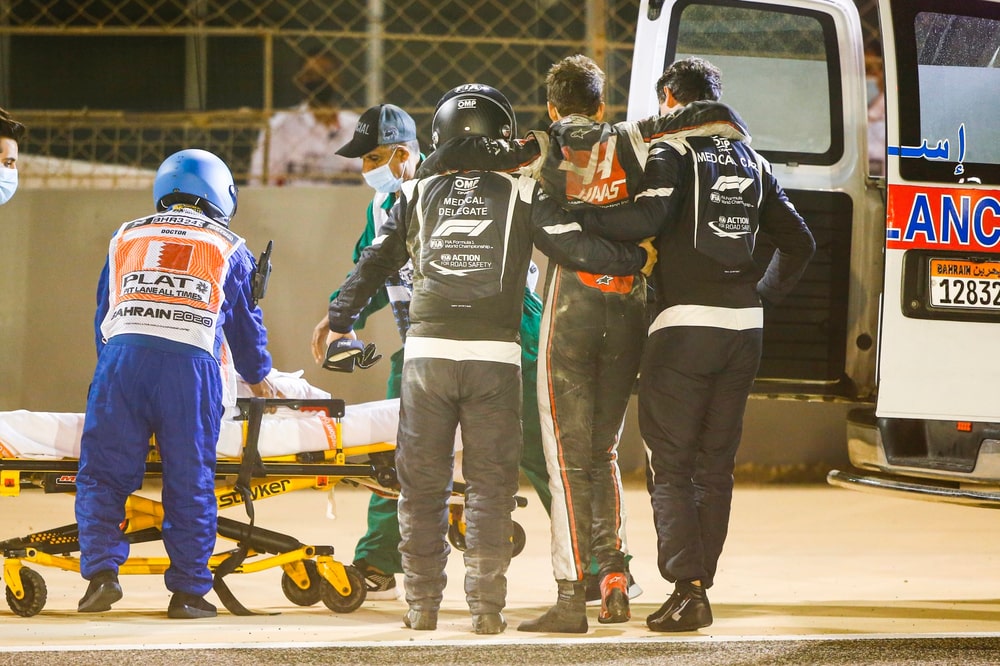
A little more than 3 months after Romain Grosjean’s scary crash in Bahrain, the FIA has concluded its investigation into the accident. According to the official finding, Grosjean struck the barrier at 192km/h at an angle of 29 degrees, experiencing a peak force of 67g. The middle rail failed while the lower and upper barriers deformed heavily, allowing the car’s safety cell to pierce the barrier. The power train assembly was separated from the car. The fuel tank inspection hatch on the left-side of the chassis was dislodged and the fuel supply connection was severed, allowing fuel to spill from the car’s full fuel tank. The report noted that the high voltage battery used for the Energy Recovery System (ERS) was “significantly damaged”. The medical car was on scene in 11 seconds and it took Grosjean 27 seconds to exit the car from the collision.
The FIA has committed to undertaking work in many areas in the wake of the accident. These include further regulation of the shape of the front of the driver safety cell, reviewing the rear view mirrors, further reviews into various elements of the fuel bladder, review of safety barriers and circuit license renewals, improvements to the driver gloves and helmet visor, extinguisher systems open cockpit cars, updates to track-side extinguishers, among other things. The full list and more details about the findings can be found in the FIA press release.
The Weekly F1 Recap on Racing Clothesline is a series published every Monday. Each article breaks down the previous week's Formula One headlines into bite-sized pieces, perfect for casual fans to keep themselves in the loop.